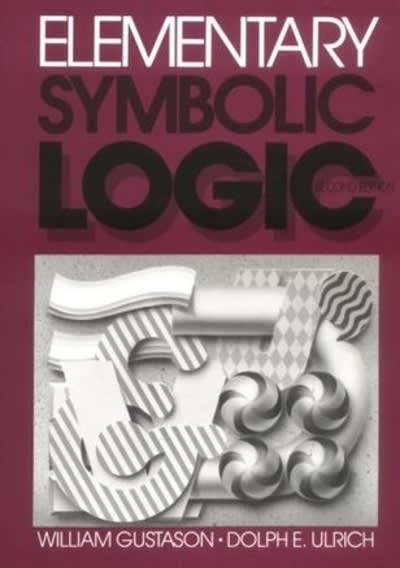










Would really appreciate . Please answer all of them
For f(a) = 2x2 - a + 1, find all the values of c on the interval [0, 2] that satisfy the Mean Value Theorem. O c= -0.5 O C = 0.375 O C= 1 O c= 3.5For u?) : W, find all the values of C on the interval [0, 1] that satisfy the Mean Value Theorem. 0 c = -O.5 O c = 0.4492 0 c = 0.5 O c = 0.778 For f(a) = a2 + 3 - 6does the Mean Value Theorem apply on the interval [0, 2] and why? O The Mean Value Theorem applies because, f(x) is differentiable on the closed interval [0, 2]. O The Mean Value Theorem applies because f(x) is continuous on [0, 2]. O The Mean Value Theorem does not apply because f(x) is not continuous on the closed interval [0, 2]. O The Mean Value Theorem does not apply because f(x) is not differentiable on the closed interval [0, 2].If f(t) = 2t + sin(t) describes the length of an oscillating spring in m/s, what is the instantaneous rate of change of the spring at time t = TI sec? O 2 m/s O 1 m/s 0 0 m/s O -1 m/sThe rollercoaster rides at MathGames are all shaped like trigonometric functions. Dan goes on the "cosine" ride; his height (met measured by h(t) = 5cos(2t) + 10t. At IT sec, what is Dan's instantaneous rate of change? O -10TT m/s O -10 m/s 0 0 m/s O 10 m/sFor x) = 2:552 does the Mean Value Theorem apply on the interval [0, 2] and why? 0 The Mean Value Theorem does not apply because x) is not continuous on the closed interval [0, 2]. O The Mean Value Theorem applies because, x) is differentiable on the closed interval [0, 2]. O The Mean Value Theorem applies because f(x) is continuous on [0, 2]. O The Mean Value Theorem applies because f(x) is differentiable on the open interval (0, 2). Let f($) : m3 4:13. Using Rolla's Theorem, what are all the values 0 in the interval [-2, 2] such that f '(c) = 0'? O c = 1 and c = 2 O c=0.5 and c: -0.5 O c:i2 Sue is a runner. At time t = 0 she runs down a steep hill, turns around and runs back up it. At time t = 1 she is in the s started. Assume that her elevation (let the bottom of the hill be elevation O), is f(x) = Ix - 0.5L [0, 1]. Can Rolle's Theorem be applied to show that at some point between t = O and t= 1, Sue has achieved a maximum a speed? 0 The conditions of Rolle's Theorem are not met. 0 The conditions of Rolle's Theorem are not met but Rolle's Theorem does not state that you can nd min or ma 0 The conditions of Rolle's Theorem are met and Rolle's Theorem does not state that you can nd min or max p O The conditions of Rolle's Theorem are met and Rolle's Theorem does state that you can nd min or max point: If f(t) = -t2 - 7t + 3 describes the distance that a ball has traveled in meters/sec, what is the average rate of between t = 1 second and t = 2 seconds? O Average rate of change between t = 1 and t = 2 is 10 m/s. O Average rate of change between t = 1 and t = 2 is -20 m/s. O Average rate of change between t = 1 and t = 2 is 20 m/s. O Average rate of change between t = 1 and t = 2 is -10 m/s.Assume that a rectangle with sides x and y is changing with time. Let y = 2x and @ (t) = t. What is the rate of change of the area at time t = 2? O dA = 40 dt O dA dt = 30 O dA = 64 dt O dA 36 dtAssume that an airplane is ying toward you at a constant height h miles. and at a speed %. X When the plane is :1: miles away, what is the rate of change of 3'? tan(} = 1;; a_ r: e D (it 32+]? (it a__ h e 0 d1: _ 32+h2 :11! U an _ 4.9 a: tit 22.34;? d: as _ h? a




























